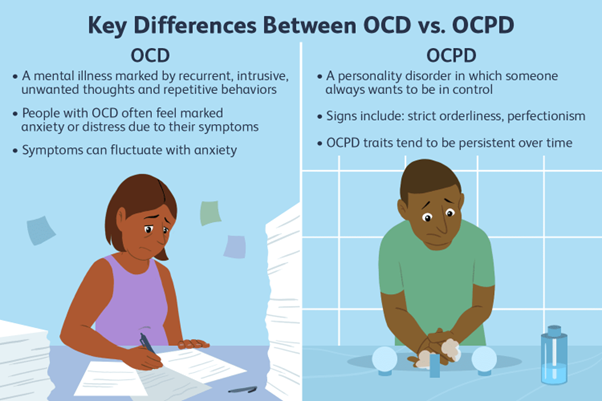A nurse is admitting a client who has pneumonia. The nurse should initiate which of the following isolation precautions for the client?
Droplet
Airborne
Contact
Protective environment
The Correct Answer is A
A. Droplet: Correct. Pneumonia is transmitted by respiratory droplets that are generated by coughing, sneezing, or talking. The nurse should wear a surgical mask and eye protection when caring for the client and maintain a distance of at least 3 feet from the client.
B. Airborne: Incorrect. Airborne precautions are used for diseases that are transmitted by small particles that remain suspended in the air for long periods of time, such as tuberculosis, measles, or chickenpox. The nurse should wear a respirator and place the client in a negative-pressure room.
C. Contact: Incorrect. Contact precautions are used for diseases that are transmitted by direct or indirect contact with the client or the client's environment, such as Clostridium difficile, scabies, or MRSA. The nurse should wear gloves and a gown and use dedicated equipment for the client.
D. Protective environment: Incorrect. Protective environment precautions are used for clients who are immunocompromised and at risk of infection from others, such as clients who have had a stem cell transplant or are receiving chemotherapy. The nurse should wear a mask, gloves, and a gown and place the client in a positive-pressure room with HEPA filtration.
Nursing Test Bank
Naxlex Comprehensive Predictor Exams
Related Questions
Correct Answer is A
Explanation
A. Correct. A 6-month-old infant who has croup and an O2 saturation of 92% on room air is at risk of respiratory distress and hypoxia. Croup causes inflammation and narrowing of the upper airway, which can compromise breathing. An O2 saturation of 92% is below the normal range of 95% to 100% and indicates inadequate oxygenation. This child needs immediate assessment and intervention to prevent further deterioration.
B. Incorrect. A 15-year-old adolescent who is 2 hr postoperative following an open reduction and internal fixation of the left ankle and is requesting pain medication has a priority need for pain management, but not as urgent as a child with respiratory compromise. The nurse should assess the adolescent's pain level, administer the prescribed analgesic, and monitor the effectiveness of the medication.
C. Incorrect. A 3-year-old toddler who has gastroenteritis, moderate dehydration, and had two loose bowel movements over the past 24 hr has a potential risk for fluid and electrolyte imbalance, but not as acute as a child with respiratory compromise. The nurse should monitor the toddler's intake and output, vital signs, weight, and skin turgor, and administer oral or intravenous fluids as prescribed.
D. Incorrect. A 10-year-old child who is awaiting surgery for an appendectomy and experienced sudden relief from pain may have a perforated appendix, which can lead to peritonitis and sepsis. However, this child is not as unstable as a child with respiratory compromise. The nurse should notify the surgeon of the change in pain status, monitor the child's vital signs, abdominal assessment, and laboratory results, and prepare the child for surgery.
Correct Answer is A
Explanation
Choice A reason:
Goal – oriented is the correct answer. Obsessive-compulsive personality disorder (OCPD) is a personality disorder characterized by a pattern of preoccupation with orderliness, perfectionism, and control. Individuals with OCPD tend to be highly organized, detail-oriented, and focused on achieving their goals. They often set strict standards for themselves and others and are driven by a strong need for perfection in all aspects of their lives.
Choice B reason
Provocative behaviour is not a characteristic commonly associated with obsessive-compulsive personality disorder (OCPD). In fact, individuals with OCPD tend to be more reserved, cautious, and serious in their interactions with others.
Choice C reason:
Lack of empathy While individuals with OCPD may struggle with interpersonal relationships due to their rigid standards and expectations, they typically do not lack empathy. They might find it challenging to understand and relate to emotions or perspectives that do not align with their own, but this is different from a complete lack of empathy, which is more commonly seen in certain other personality disorders.
Choice D reason.
Lability refers to emotional instability or rapid and extreme shifts in emotions. This is not a typical feature of obsessive-compulsive personality disorder (OCPD). Individuals with OCPD tend to be emotionally restrained and might have difficulty expressing emotions, rather than experiencing emotional lability.

Whether you are a student looking to ace your exams or a practicing nurse seeking to enhance your expertise , our nursing education contents will empower you with the confidence and competence to make a difference in the lives of patients and become a respected leader in the healthcare field.
Visit Naxlex, invest in your future and unlock endless possibilities with our unparalleled nursing education contents today
Report Wrong Answer on the Current Question
Do you disagree with the answer? If yes, what is your expected answer? Explain.
Kindly be descriptive with the issue you are facing.
